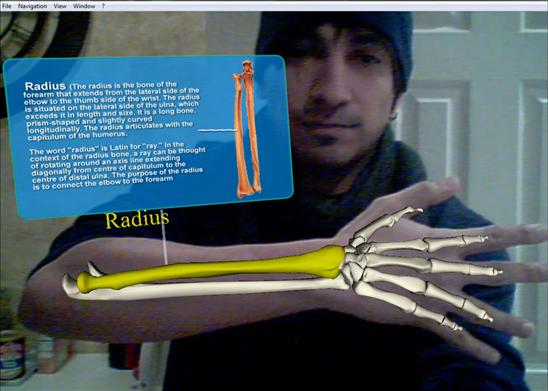Hot on the heels of this court decision, it looks like Taser is trying to diversify their product offerings:
Stun gun maker Taser wants to help parents, not with jolts of electricity but with a tool which allows parents to effectively take over a child’s mobile phone and manage its use.
“Basically we’re taking old fashioned parenting and bringing it into the mobile world,” Taser chairman and co-founder Tom Smith said at the Consumer Electronics Show here, where the Arizona company unveiled the new product.
“Because when you give your child his mobile phone you don’t know who they’re talking to, what they’re sending or texting, all of those things,” Smith told AFP.
The phone application, called “Mobile Protector,” allows a parent to screen a child’s incoming and outgoing calls and messages, block particular numbers and even listen in on a conversation.
A dashboard on a parent’s phone or a personal computer shows the mobiles being monitored and the permitted callers such as friends and family.
AFP: Taser adds mobile phone monitoring tool to its arsenal
(via Cryptogon)



